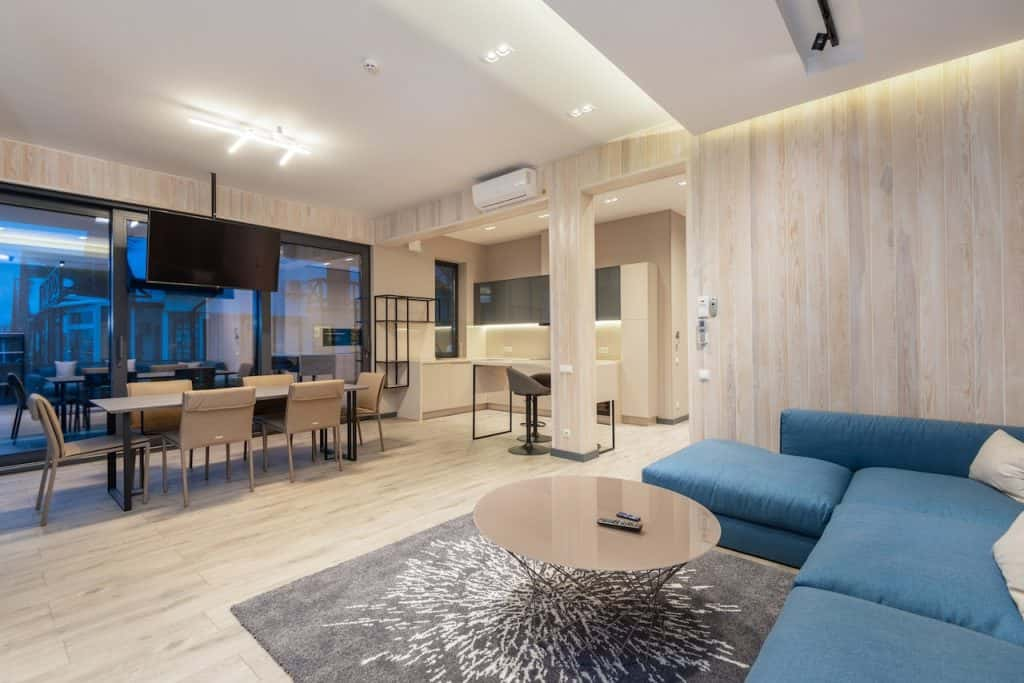At HomeLane, we believe that small details make a big difference. They can turn good interiors into great ones. They can turn inviting rooms into memorable ones. A few of these aspects are the right texture, the right finish, the right shade and the right accessories.
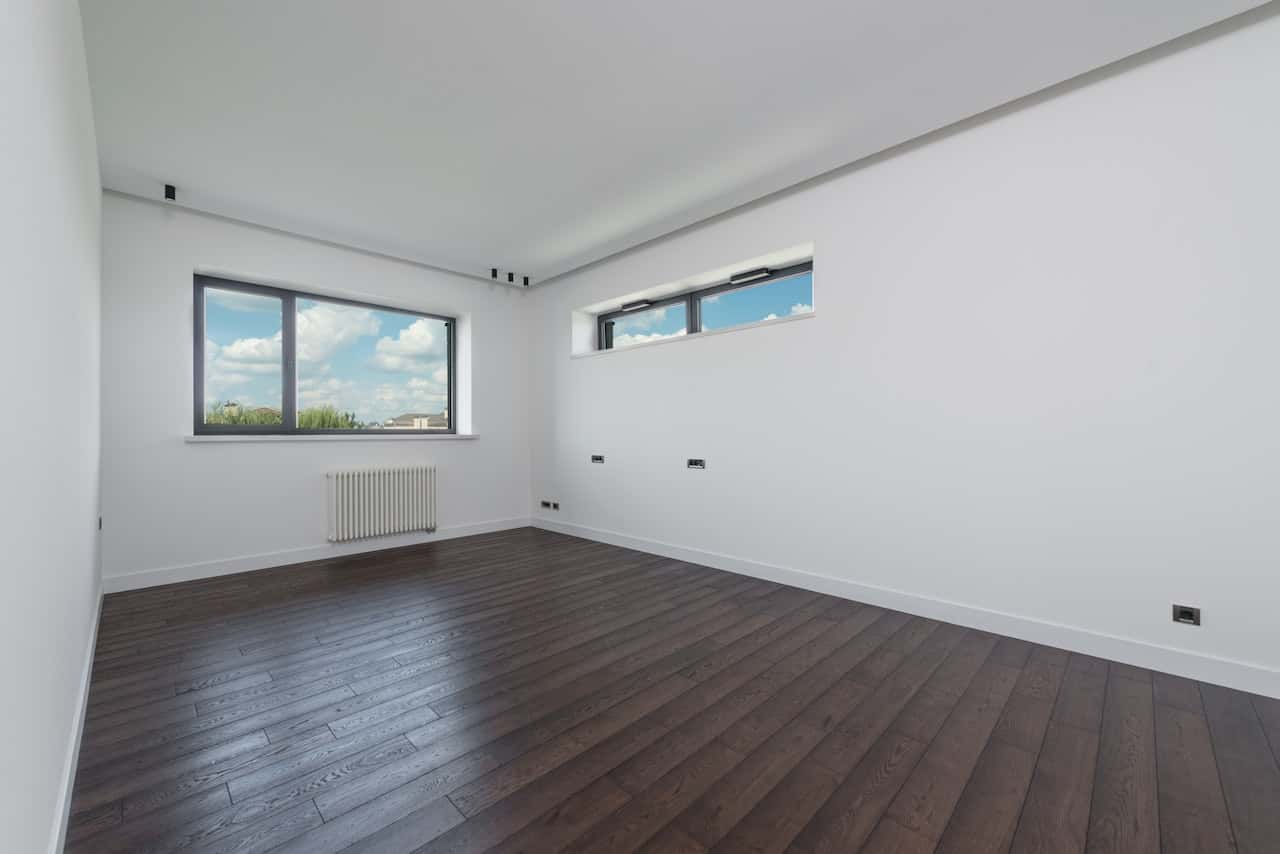
Another essential detail is floor skirting design. It not only uplifts the look of your flooring but also serves a protective function. Before we get into details of the importance and types of floor skirting design, let’s explain exactly what it is.
Floor skirting is a board that extends along the length between the interior wall and the floor. It covers rough edges, protects furniture, and gives a room an appealing finish.
There are different types of floor skirting design and different skirting materials available. The right type of floor skirting design can transform interiors. In terms of aesthetics, skirting can complement or contrast the shade of the floor and walls.
In some rooms, the skirting can stand out, and in others, it can seamlessly blend in. Further, floor skirting can be broad or narrow, thick or thin.
As you can see, there are many decisions to make about floor skirting design. Let’s help you by further exploring the need for floor skirting and the types and materials you can choose from.
The Need for Floor Skirting Design
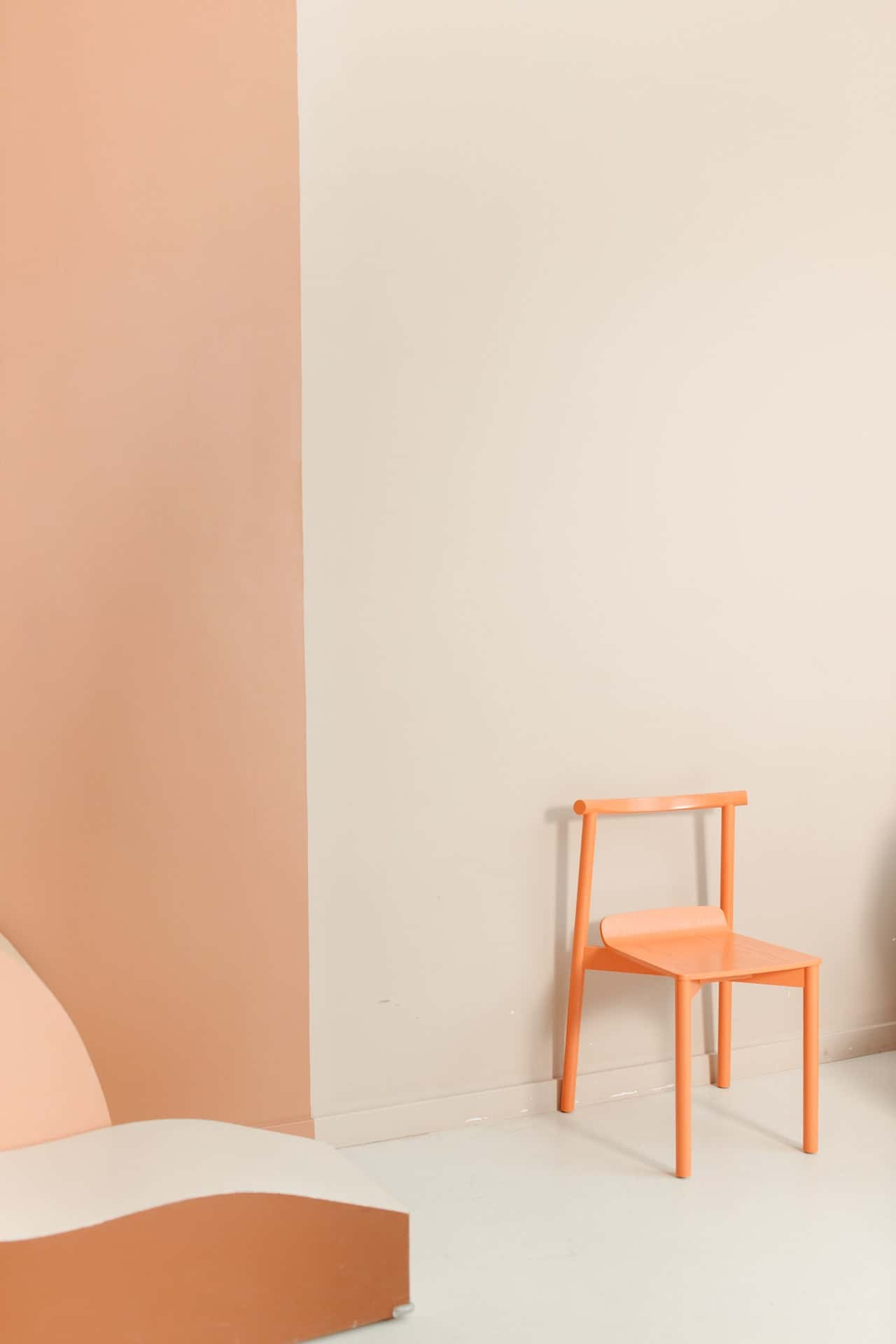
As we have pointed out above, floor skirting can play more than one role. While it serves to beautify a room, it can also mask unwanted aspects of walls and floors. That is why it is an important element of home decor. Here are the principal benefits of floor skirting design.
- When cleaning floors, floor skirting protects the walls from water used for mopping as well as dust and debris that is swept up. Otherwise, there could be smears and stains at the bottom of the walls over time.
- Sometimes, there are electrical wires at the bottom of walls that cannot be relocated. Floor skirting covers and protects these and makes the area look attractive. This is especially the case in rooms that have plug points at lower levels.
- It could happen that after construction, there will be small gaps between the flooring and the walls. These look unsightly and collect dust and debris over time. Floor skirting design is a way to mask this imperfection.
- Skirting can also protect walls from scratches and dents caused by furniture. When the skirting is of adequate thickness, it will prevent chairs and tables from affecting the walls by forming a natural barrier.
- Some types of floor skirting design are moulded and decorative. These enhance the look of any interior. They can be the finishing touch that makes rooms look more refined.
Types of Floor Skirting Design
Now, let’s turn to the specific types of floor skirting design you can choose from. There are many kinds, and a lot depends on your taste and interiors. You can even look at different styles of floor skirting for different rooms. For example, a simpler style for a passageway and a more detailed skirting for the living room.
One way to consider types of floor skirting design is to divide them into styles and materials. After that, you can think of mixing and matching wherever possible.
To begin with, here are some common styles of floor skirting design:
Pencil Skirting
Pencil Skirting has a clean and rounded border that extends around corners for a neat, seamless appearance. It does the job well without drawing too much attention to itself.
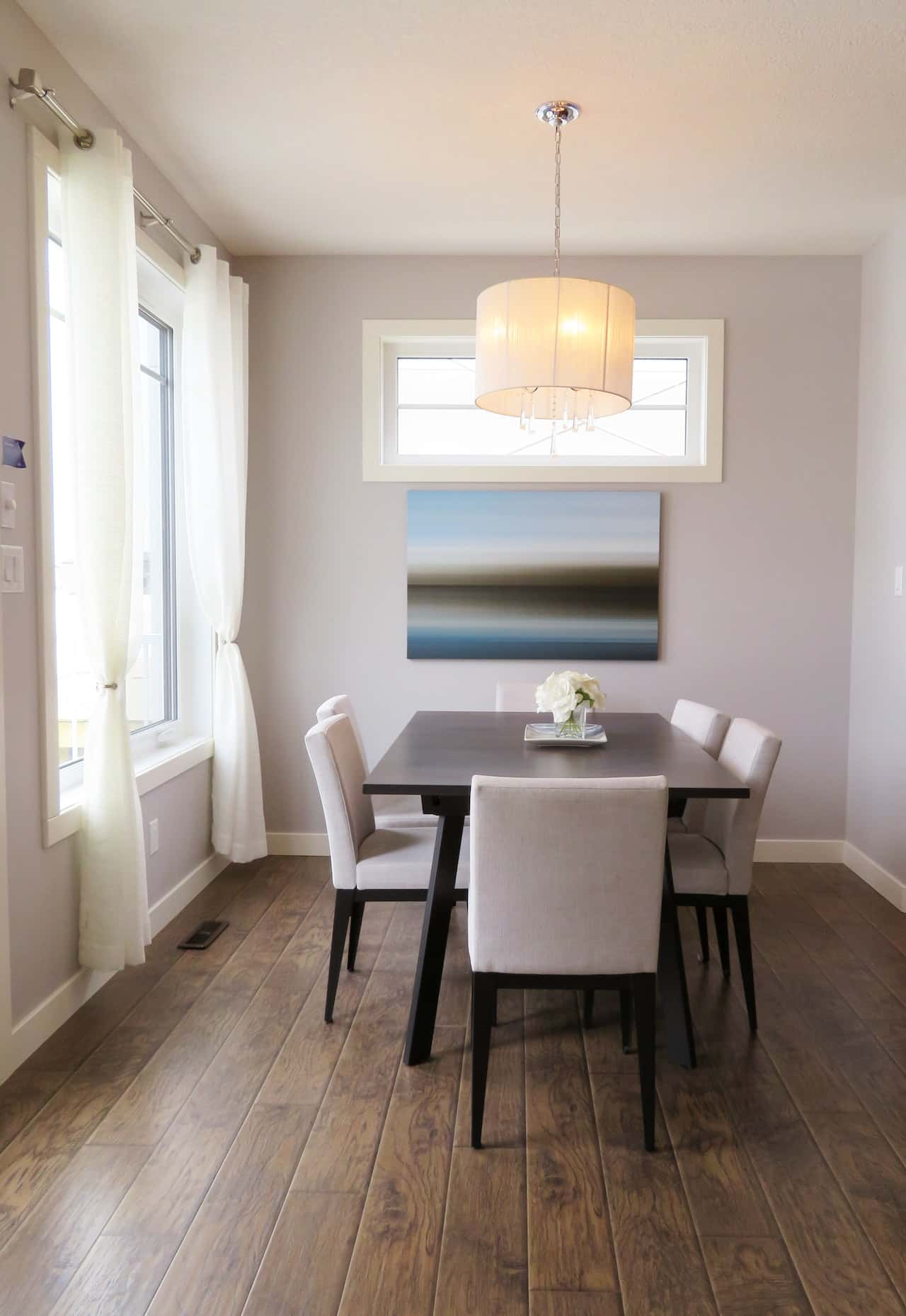
Flush Skirting
Flush Skirting is skirting that is at the same level as the wall surface. When painted in the same colour as the wall, this sort of skirting remains almost invisible. As a contrast, it can look discreet and appealing.
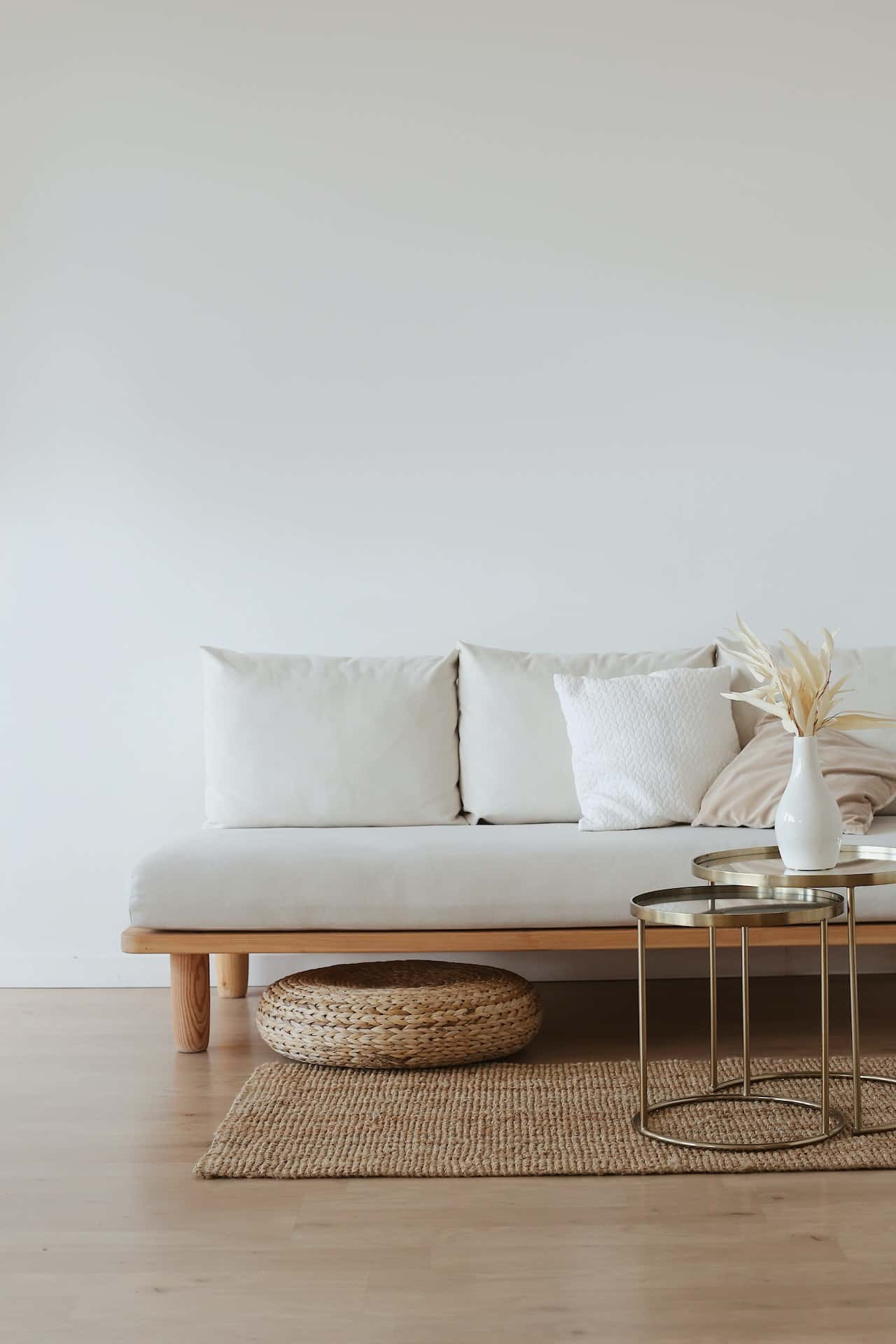
Double Layered Skirting
Double Layered Skirting, as the name suggests, is higher than other types of skirting. It can be ornate, which adds depth to a room. Often, this type of floor skirting design is used to add detail to drawing rooms.
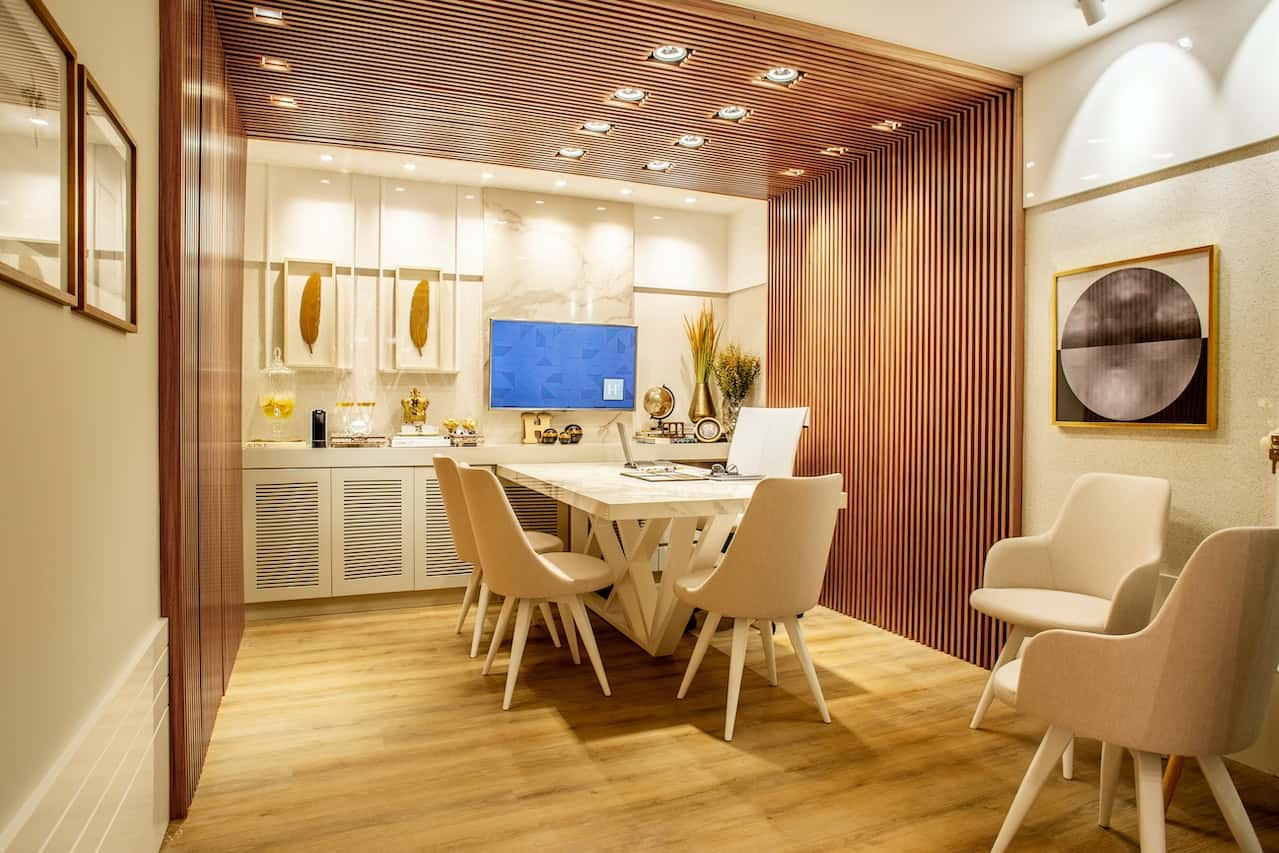
Continued Skirting
Continued Skirting gives the impression that the material of interior elements, such as steps, has been extended to create the floor skirting design. It can look extremely striking in interiors with such architectural elements.
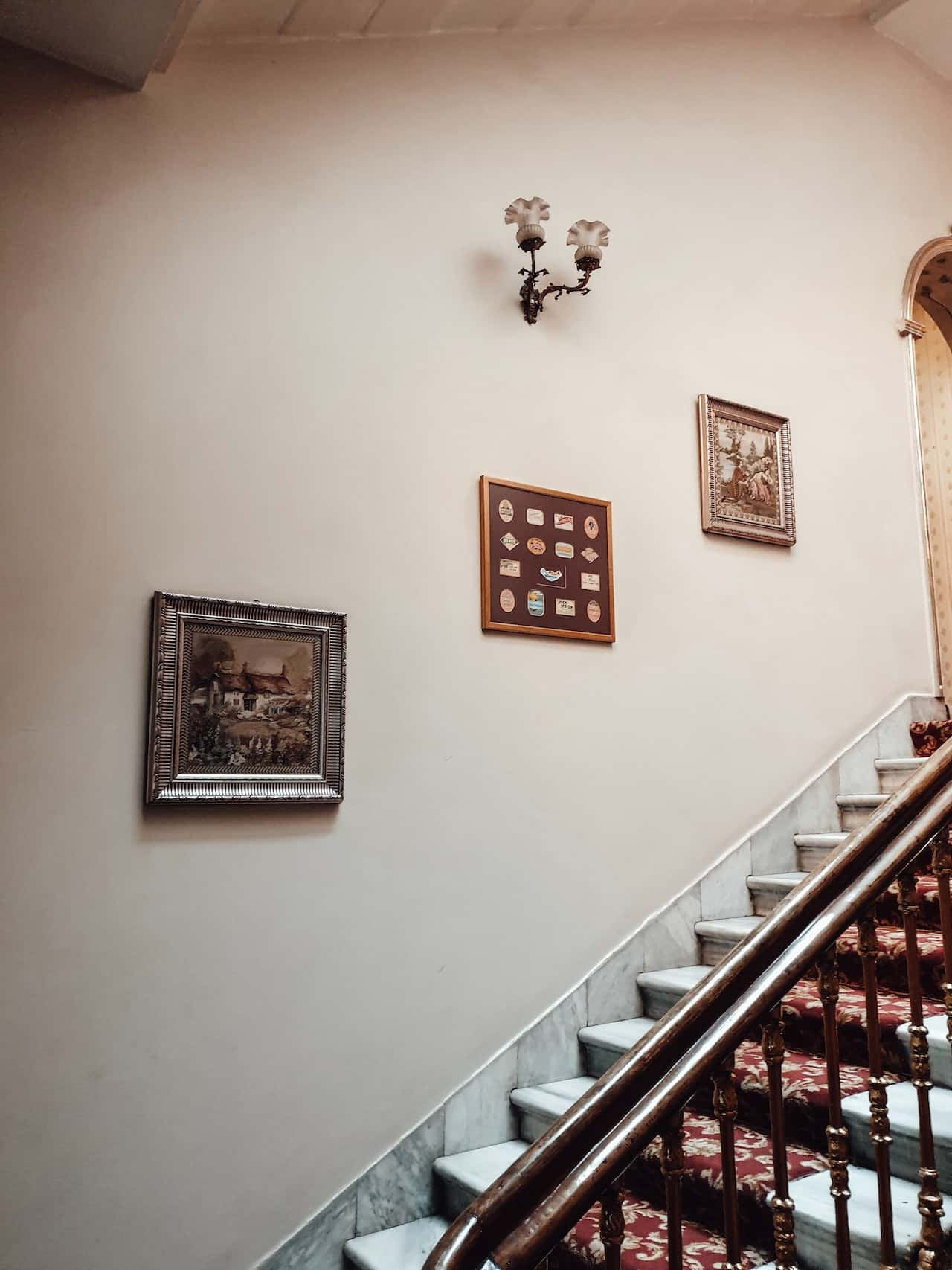
When it comes to floor skirting materials, these are what homeowners most often opt for:
Wooden Skirting
This material imparts a traditional and warm feel to rooms. It comes in various finishes and colours, depending on the wood chosen for the floor skirting design.
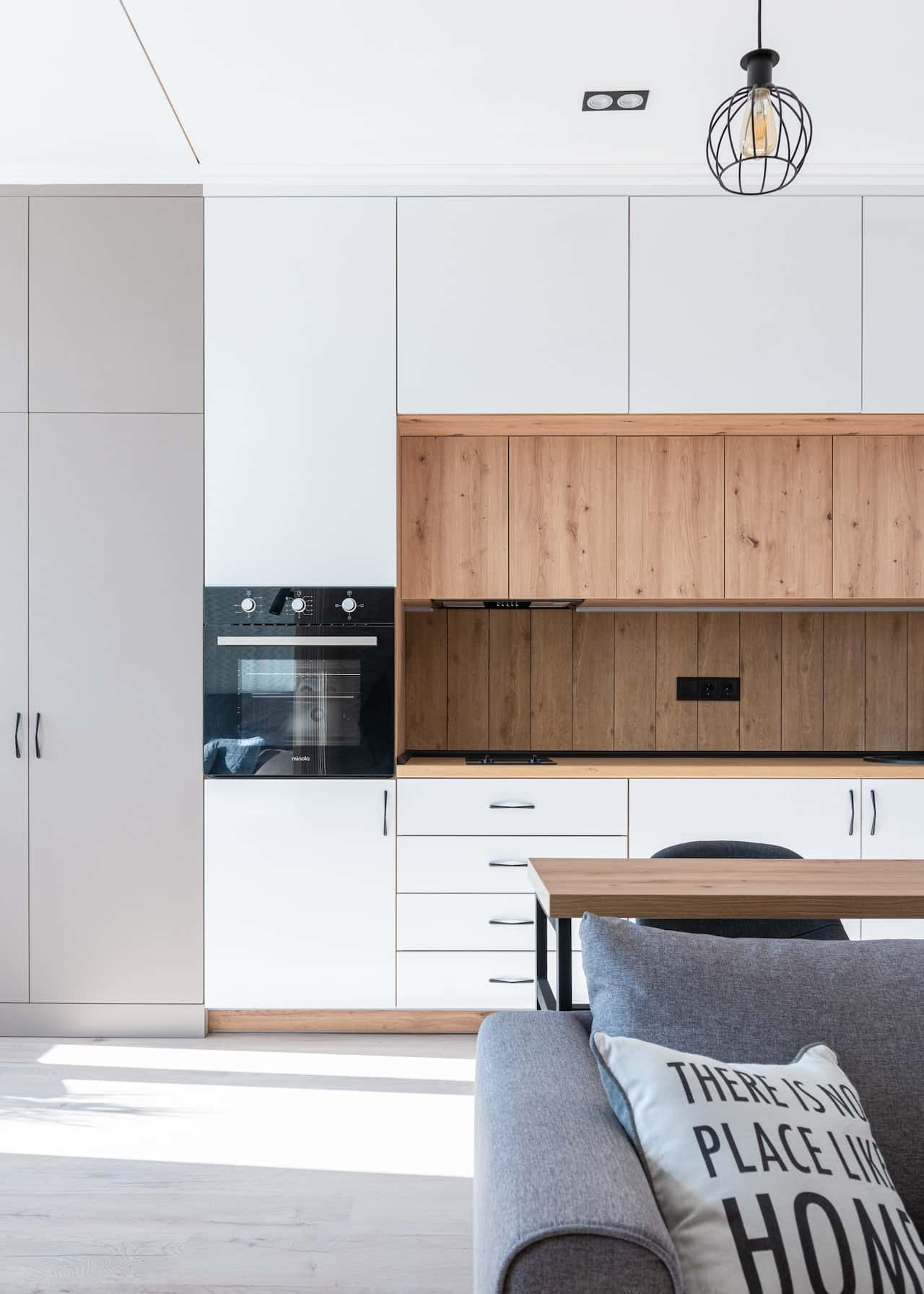
MDF Skirting
This sort of skirting is made from compressed fibre. There are many shapes and colours to choose from. MDF floor skirting design is cost-effective and durable.
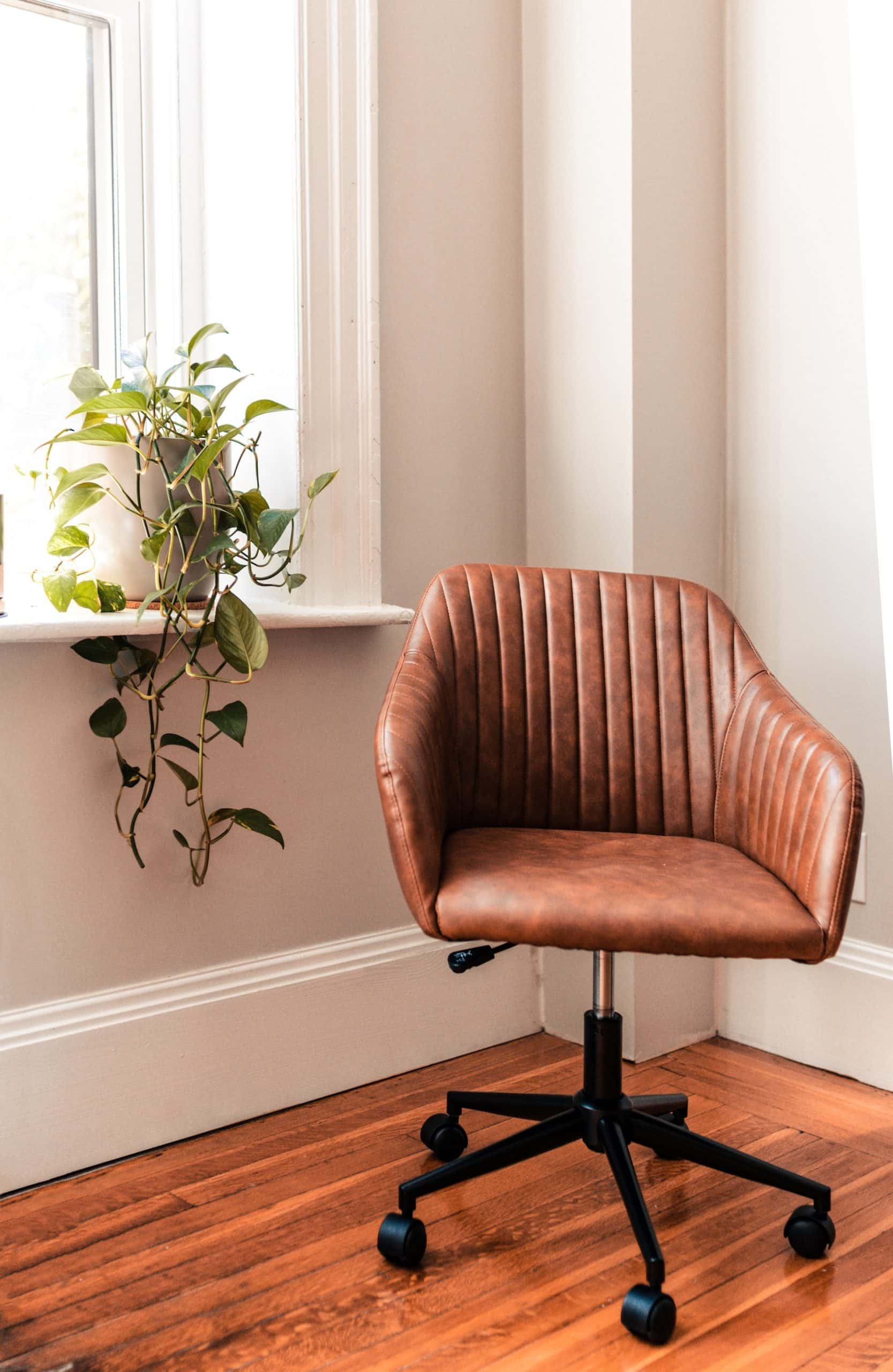
Tile Skirting
Tile skirting is commonly used in spaces such as bathrooms and kitchens. A floor tile skirting design is simple to install. It can be done by using the same type of tiles on the floor, which are cut down to the appropriate size.
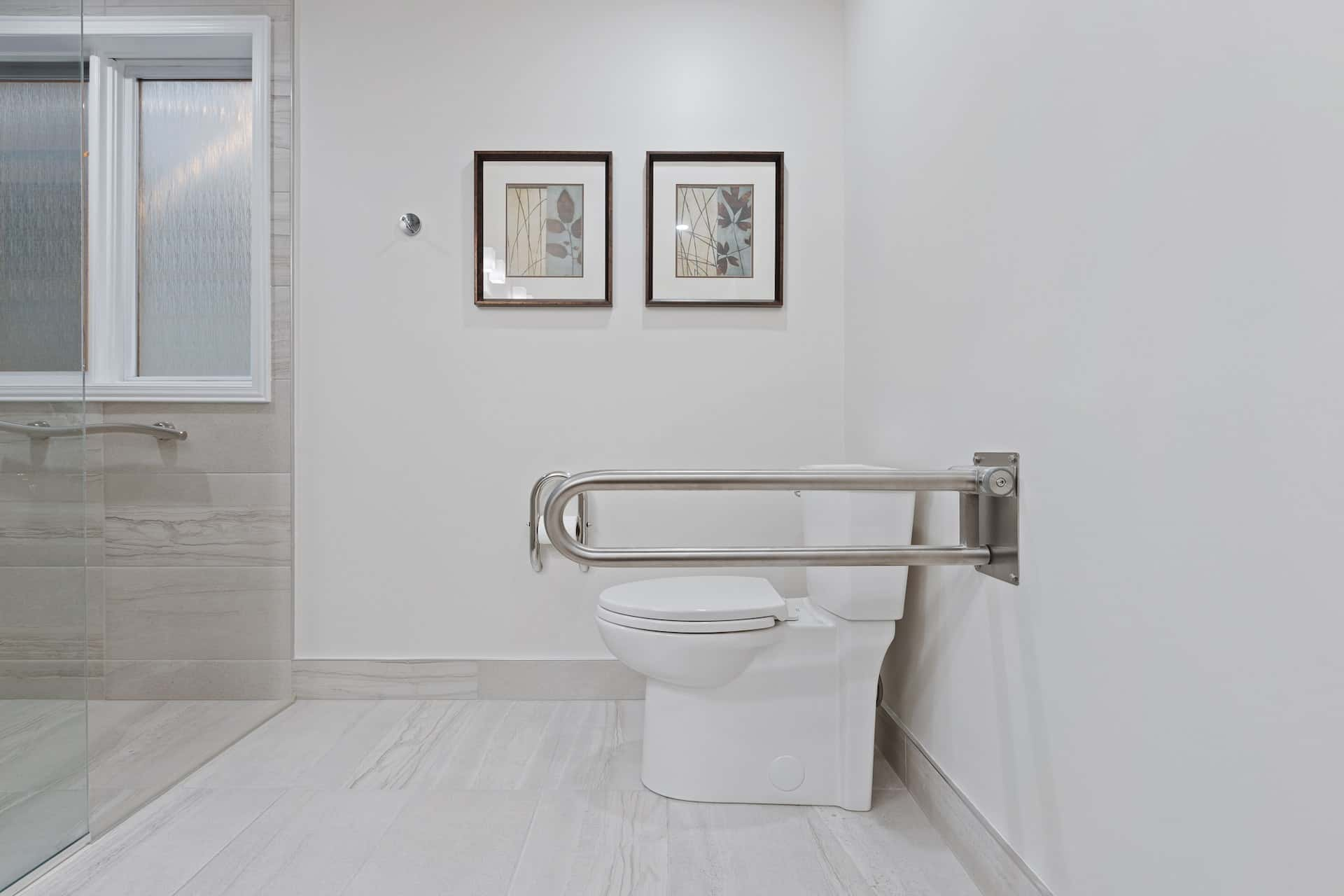
Plaster Skirting
Floor skirting made of plaster can look streamlined and classy. The plaster can be moulded into whatever type of floor skirting design that suits the room. It can also be as thick or thin as you like.
Marble Skirting
As with tiles, marble skirting border design can be crafted from the same material as the marble floors. A marble floor skirting design imparts a sophisticated yet seamless appearance to the room.
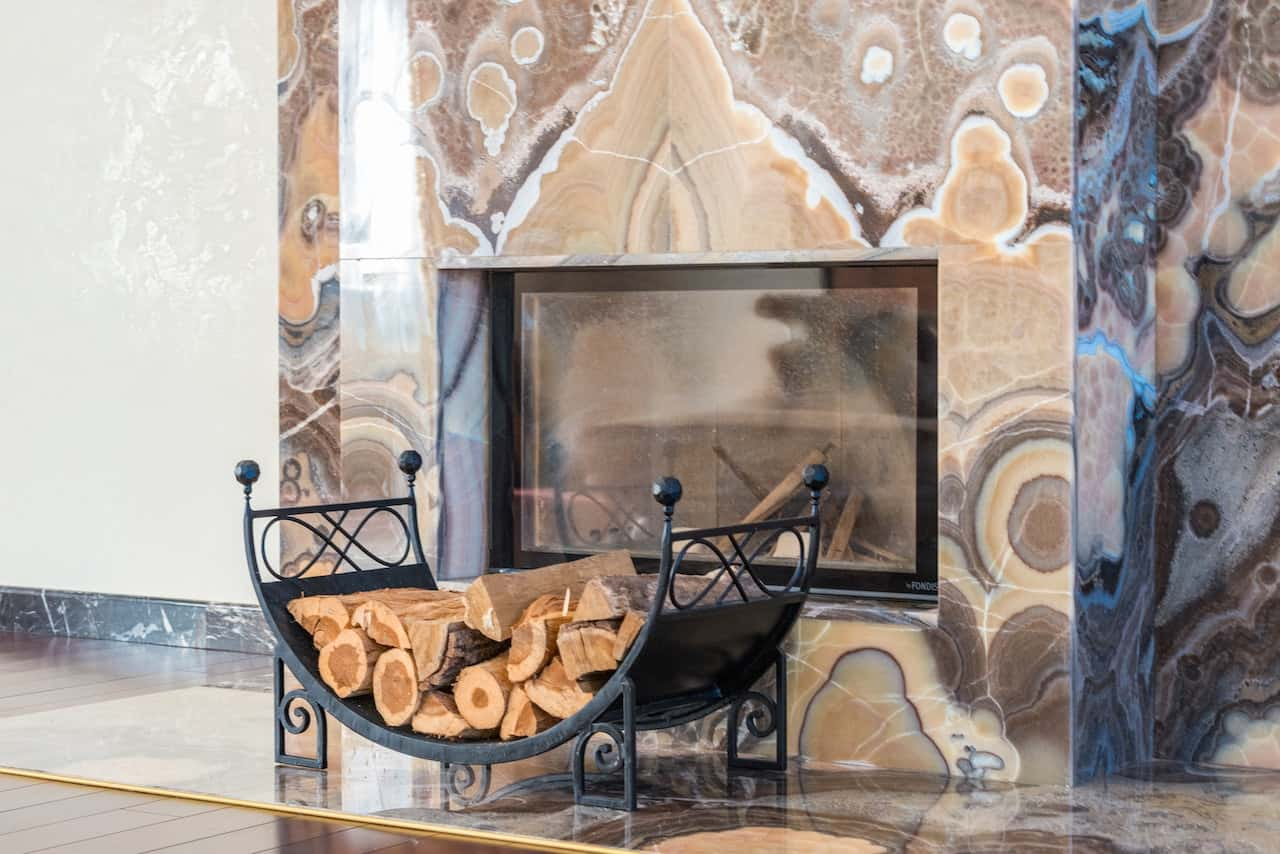
When deciding among the different styles and types, an important factor, of course, is the nature of the walls and floors. The floor skirting design needs to match and complement these. It should not stand out as an element that is very different from them.
Maintenance of Floor Skirting
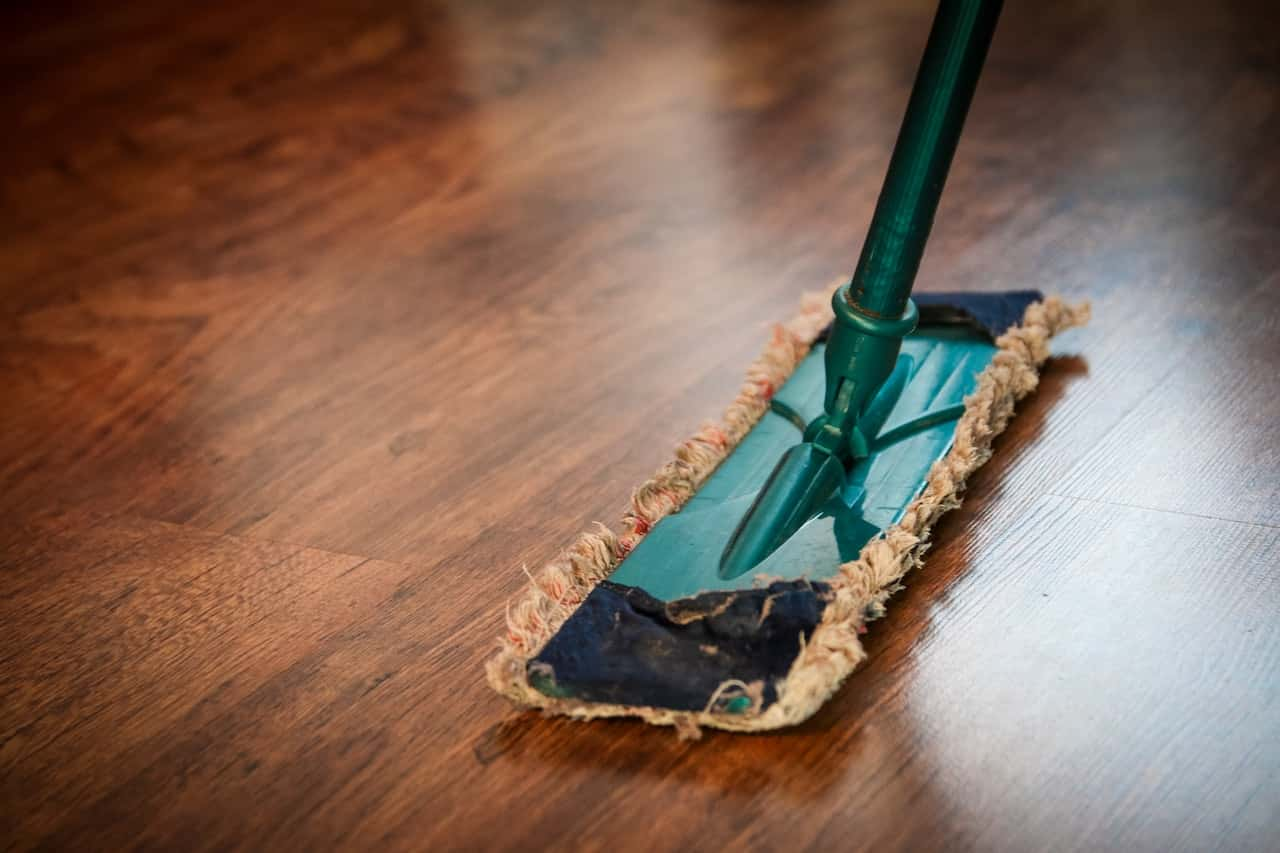
Generally speaking, floor skirting should be durable and easy to maintain. At all times, floor skirting should be kept clean. Otherwise, the room will look shabby and uncared for.
If the floor skirting design has a distinctive moulding, it should be dusted regularly. Because it is low, such skirting often attracts dust. Flush skirting does not have this issue.
Depending on the specific material, water and a regular floor-cleaning liquid should be more than enough to keep most types of floor skirting spotless. At times, because of heavy furniture, the skirting can look scuffed. These marks can be treated with special cleaning sprays.
Over time, if gaps have started to appear between the skirting and the wall, these should be addressed as soon as possible. The skirting can be pressed and pasted back into position. This is important if there are wires behind the skirting board.
There may also be times when you need to reinstall parts of the skirting. This is simple if the skirting is of easily available material and style. This can be the case with tile skirting design, for example.
Skirting boards that are ornate or made from materials such as marble will need more care. Steps will be needed to clean all the crevices and curves carefully. The boards may even need to be polished periodically.
Tips to Install Floor Skirting
As with all other such jobs, the installation of floor skirting is best left to the experts. First of all, any old skirting board that may be present will have to be removed with a chisel. This should be done carefully so that the walls are not damaged.
The measurements of the boards are very important. The skirting should be exactly fitted so that it can serve its function properly. That means no gaps or uneven areas.
The joints where one section of the skirting meets another are also critical. These should be checked to make sure that there are no spaces between them.
The adhesives and screws used to attach the skirting boards should be of good quality. After all, they will have to last for a long time without loosening the skirting board. The final steps will be to smoothen away any irregularities as well as check that the polish or paint is immaculately applied.
Can You Do without Floor Skirting?
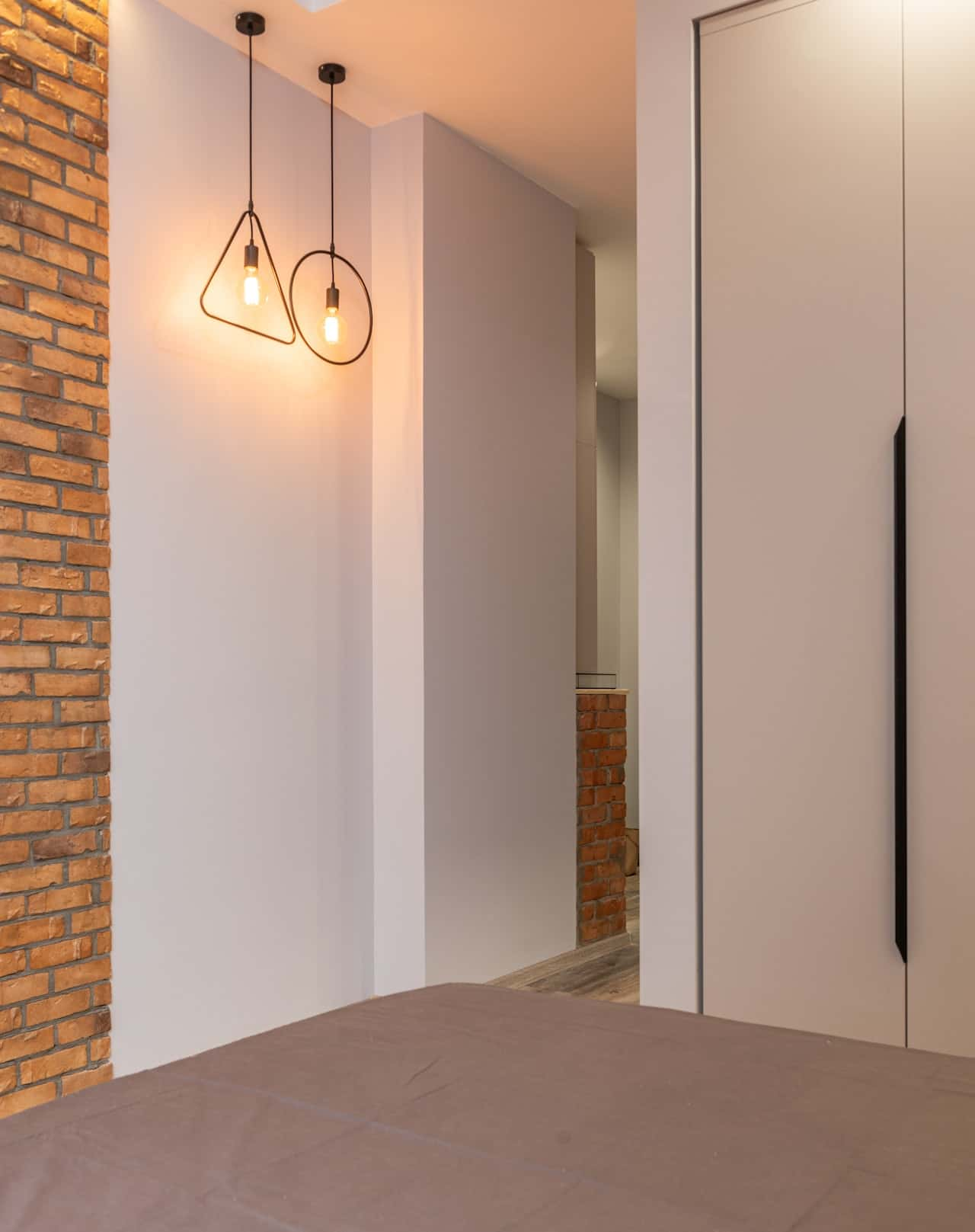
At times, homeowners want a sleek and minimal look to their rooms. They may choose to do away with floor skirting altogether.
In such cases, special attention must be paid to ensure that there are no gaps between the floors and the walls. The overall effect needs to be seamless.
In rooms with many guests and furniture, care must be taken to prevent the walls from getting marked. Further, when cleaning the floors without skirting on the walls, it will make sense to place protective sheets at the edges.
All things considered, it would make sense to have some form of floor skirting. If a minimal look is an aim, the skirting can be flush and in the same colour as the walls.
Floor Skirting Summed Up
- Floor skirting design refers to the upright board that lies between the floors and walls of the house. It makes rooms look properly finished and smart.
- Floor skirting protects the walls from furniture damage and other marks. It is also used to conceal electrical circuitry. At times, floor skirting can conceal unevenness and gaps between floors and walls.
- Floor skirting can add depth to rooms and otherwise make them look streamlined or luxurious. They can be an important interior décor element.
- There are many types of floor skirting. Some are simple and smooth; others are moulded and decorative.
- Wood, MDF, marble, plaster and tiles are some materials used for floor skirting. The choice depends on the type of flooring and the specific room.
- When installing floor skirting, the exact measurements must be taken. The fitting should be seamless. Any irregularities after installation should be smoothened away and filled in.
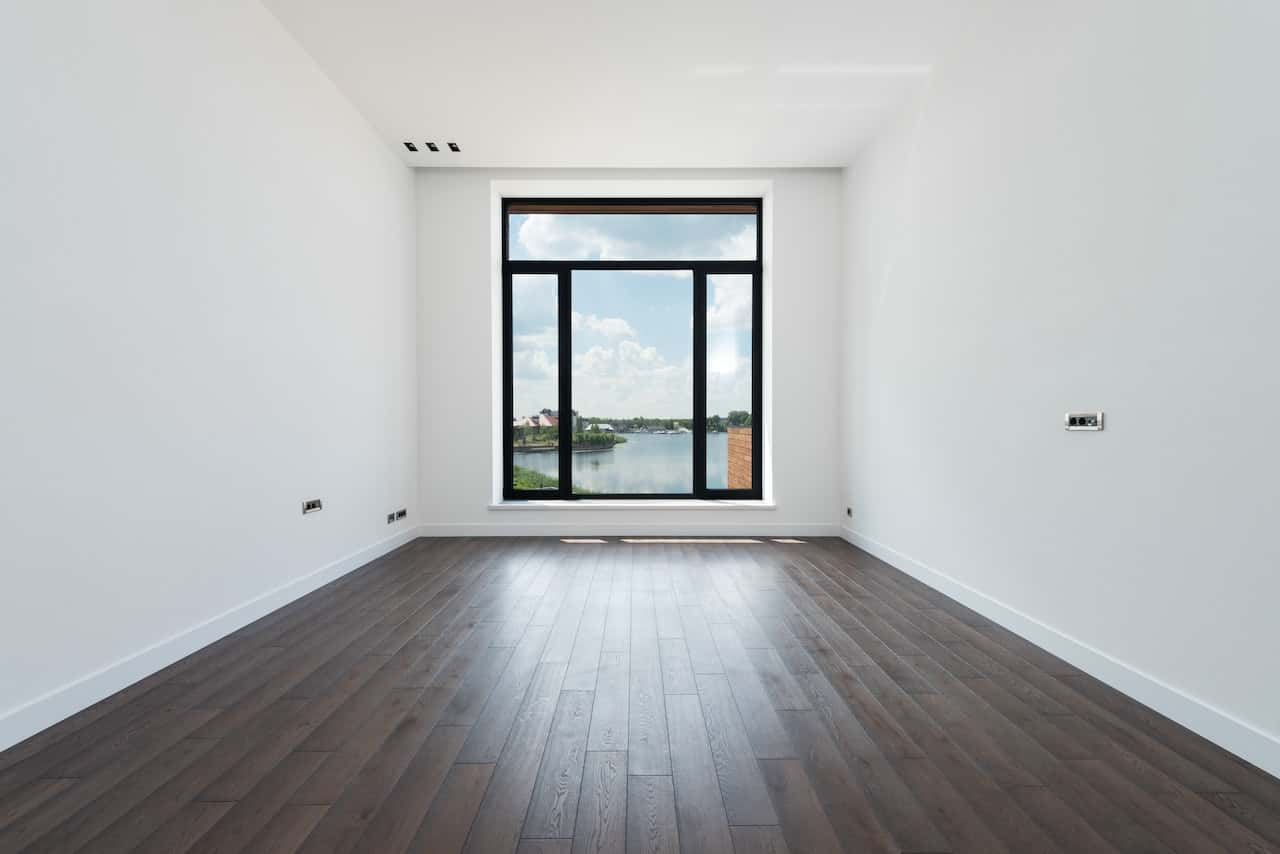
At HomeLane, we have several other ideas to make your floors, rooms, and the rest of your home look terrific. Since you can’t decide on the right type of floor skirting design without considering the type of floor itself, we suggest that you also check out this guide to the latest flooring ideas as well as living room designs.
FAQs
What Are the Types of Skirting?
Just as there are many types of wall finishes and floors, there are also many types of floor skirting. Some of the common types are pencil skirting, flush skirting, double-layered skirting and continuous skirting. The type to use depends on the nature of the room and the type of interior you have. Skirting also comes in different materials. Some of the most common are wood, fibreboard, plaster, tile and marble.
What Type of Skirting Is Best?
You should choose the type of floor skirting depending on the nature of the room involved. For example, if you have an ornate living room, you can look at double-layer skirting with moulding for an elegant look. If you like minimal, modern rooms, go for flush skirting. If you want to draw attention to architectural elements indoors, continuous skirting may be a good choice. The skirting material, too, should be chosen on the basis of the room. For example, laundry rooms and bathrooms commonly have tile skirting.
Why Is Skirting Used?
Most skirting has two functions: aesthetic and protective. On the aesthetic front, skirting covers any unsightly gaps between the floor and wall. It gives rooms a decently finished appearance. Decorative skirting also adds a touch of class. Skirting can provide a colour accent, too. When it comes to protection, skirting prevents furniture from scraping against walls. It also protects and conceals electrical wires and connections.
Is It Okay Not to Have Skirting?
If you desire a modern and minimal house, then you can go ahead and not use skirting. However, a better choice may be to use flush skirting. If not, you should make sure that there are absolutely no gaps between the floor and the wall. The entire boundary edge should be even and seamless. Further, electrical fittings should be properly concealed and protected. Without skirting, you also need to take care that furniture and other objects don’t cause marks and scuffs on the walls.

